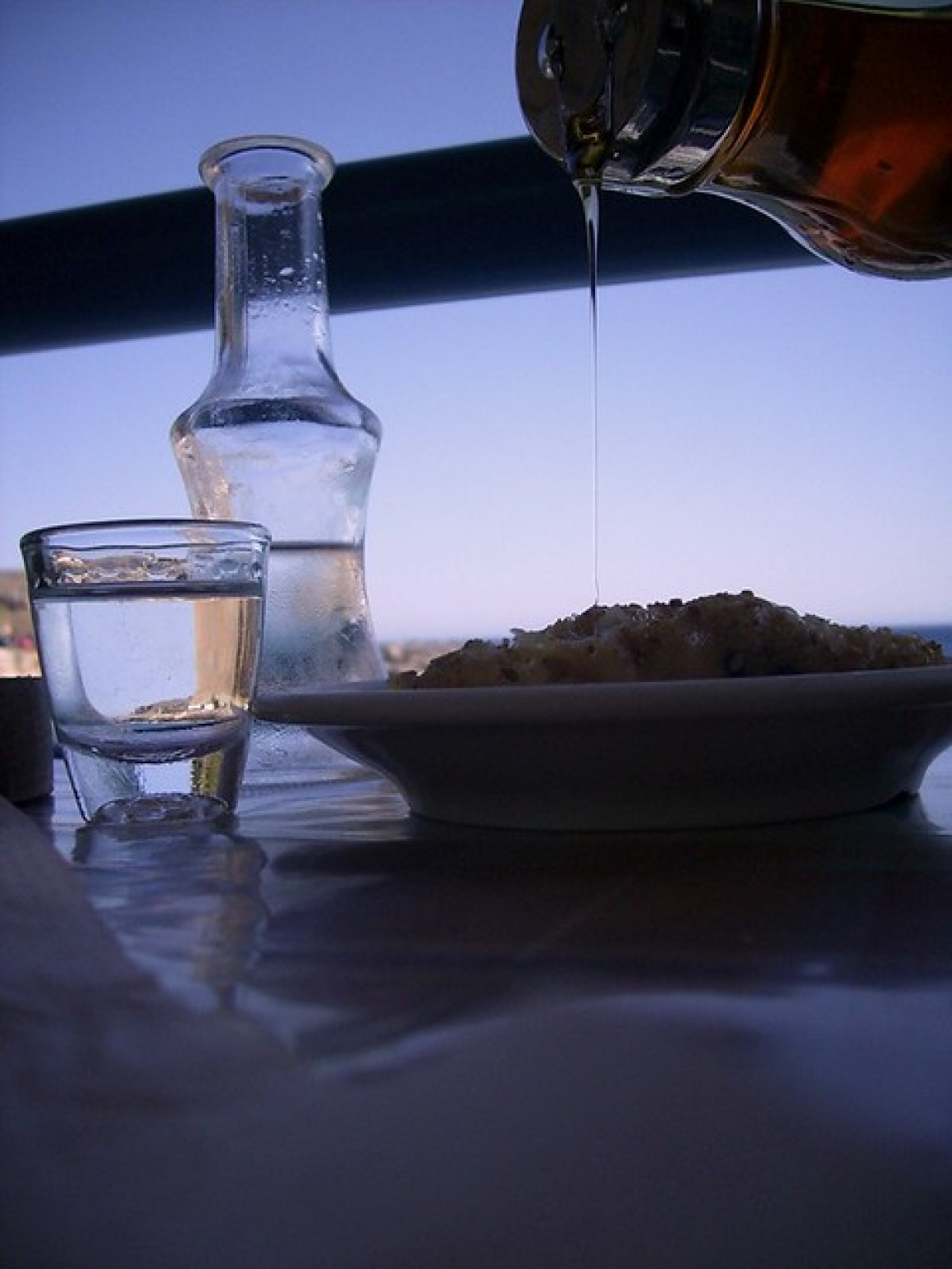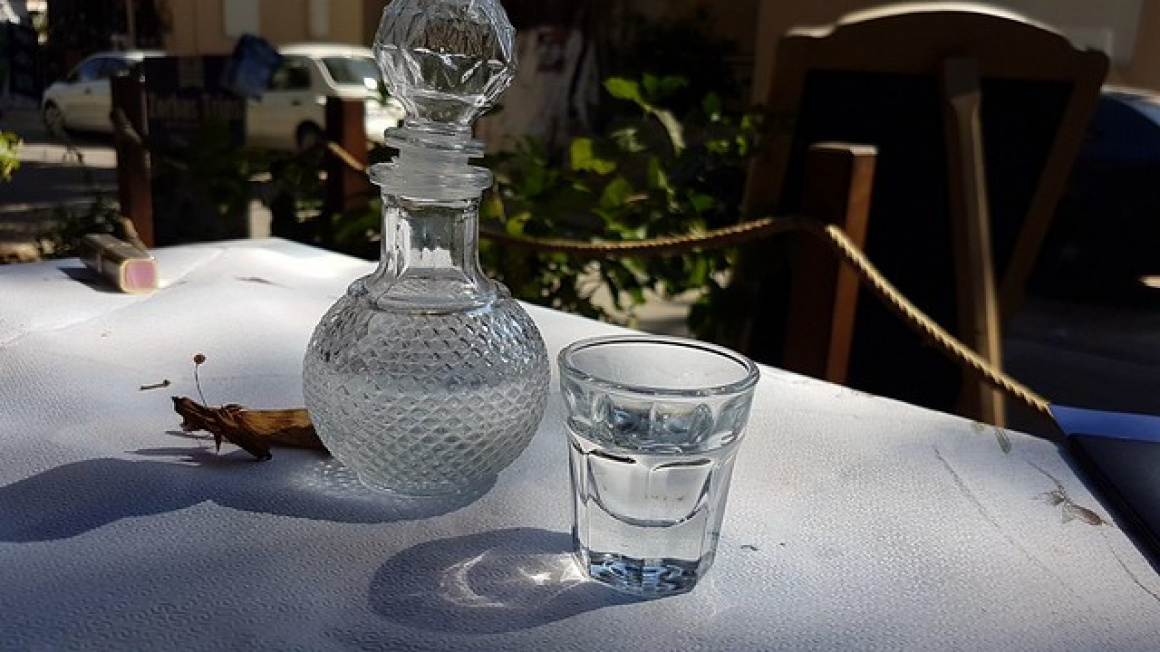Crete is famous for so many things that it's hard to know where to start – it's an island of legends, landscapes, and living traditions. Let me take you on a tour of Crete's claims to fame, from ancient history to natural wonders and cultural treasures, sharing what we locals are most proud of. By the end, you'll see why Crete isn't just another Greek island, but a world unto itself, celebrated for its unique contributions to history, mythology, cuisine, and more.
The Birthplace of Europe's First Civilisation
Perhaps Crete's greatest fame is its role as the cradle of Europe's earliest advanced civilisation: the Minoan civilisation. Long before Athens or Rome rose to power, the Minoans were flourishing here around 2000 BC. Crete is home to the legendary Palace of Knossos, often called Europe's oldest city, and the heart of Minoan culture. This is the very site linked to the myth of the Labyrinth and the Minotaur. As a child, visiting Knossos left me awestruck – I imagined king Minos walking those corridors and the hero Theseus fighting the Minotaur in the underground maze. Archaeologically, Knossos is remarkable for its age and sophistication: multi-story buildings, elaborate frescoes, even what may have been one of the first flushing toilets! The Minoans developed writing (Linear A and Linear B scripts), vibrant art, and extensive trade routes. In essence, Crete is famous for being the birthplace of Europe's first high civilisation.
The island's mythological significance also stems from this era. According to Greek myth, Crete is where Zeus, the king of the gods, was born – in a cave on Mount Dicte or Mount Ida (two caves vie for that honour). We're quite proud of that legend, visiting Zeus' cave (Dikteon Cave in Lassithi or Idaion Cave in Psiloritis) and imagining the infant god hidden there to escape his father Kronos is a rite of passage for many visitors. Crete is also where Zeus, disguised as a bull, brought the Phoenician princess Europa – giving Europe its name, so you might say our continent was named after a Cretan story!
Stunning Beaches and Landscapes
When people think of Greek islands, breathtaking beaches come to mind, and Crete is especially famous for them. We have some of the most iconic beaches in the world. Elafonisi Beach, with its pink-tinted sands and shallow lagoons, frequently tops lists of best beaches in Europe. That shimmering, otherworldly scene you might've seen in travel magazines – yes, that's Elafonisi, and it's real (I still pinch myself whenever I visit). Balos Lagoon in the northwest is another: a vivid fusion of blues and turquoises over a sandy lagoon, with the wild Gramvousa peninsula embracing it. There's a photo of Balos hanging in my office, and people often think it's been edited – but that's just Crete's natural palette!
Crete's fame isn't just about those two. There's Vai Beach in the east, unique for its natural palm forest – it feels like a Caribbean slice in the Med. Matala in the south gained fame in the 1960s as a hippie haven with caves where people like Joni Mitchell hung out, it still has a laid-back charm. And then you have lesser-known gems (that locals kind of want to keep secret) like Seitan Limania, a hidden zig-zag cove near Chania that looks like a lightning bolt of white sand amid cliffs, which has become Insta-famous in recent years for its raw beauty.
Beyond beaches, Crete's diverse landscape is noteworthy. It's famous for the fact that you can go from sea to summit in a day. The island boasts mighty mountains like Psiloritis (Mount Ida) and the White Mountains (Lefka Ori), often snow-capped into spring. Many visitors are surprised to learn Crete even has skiable snow some winters! The Samaria Gorge, the longest gorge in Europe at 16 km, is a national park and a highlight for hikers – walking it is an adventure through towering cliffs and ancient forests (and yes, Crete is famous for those hardy wild goats, the kri-kri, that you might spot along the way).
In folk songs and literature, Crete is often called Megalonisos (the Great Island) because of its size and varied terrain. From plateaus like Lassithi with its iconic white-sailed windmills, to caves like Melidoni and Diktaion rich with stalactites and history, to that dramatic coastline – Crete's geography is so diverse that it's famous for encapsulating all of Greece in one isle. A common saying here is “no other island has as many distinct worlds as Crete.”
Rich Cuisine and the Mediterranean Diet
Any foodie likely knows that Crete is famous for its cuisine, particularly as the birthplace of the Mediterranean Diet concept. Cretan olive oil, the lifeblood of our cooking, is considered some of the finest in the world (we jokingly say it's in our veins). In fact, Crete has some of the highest olive oil consumption per capita – and correspondingly, traditionally low rates of heart disease, which made scientists take note in the mid-20th century. The fresh, healthy, and flavourful Cretan diet – rich in vegetables, wild greens, legumes, fish, and yes, a bit of wine and raki – became a model for healthy eating worldwide.
Crete is famous for foods like dakos (a barley rusk topped with tomato, feta or mizithra cheese, and drizzled with olive oil), a simple yet divine treat. Our cheeses are renowned: graviera (a hard cheese akin to gruyere) and mizithra (a soft creamy cheese) are local staples. And if you have a sweet tooth, Cretan thyme honey is liquid gold, sought after internationally.
One cannot talk about Cretan fame without mentioning raki (also called tsikoudia) – our strong grape spirit, akin to grappa. Almost every Cretan family has a share of a vineyard or at least a friend with one, producing homemade raki. It's more than a drink, it's a symbol of hospitality. Crete is famous for the warm gesture of offering raki to guests – I often say you can't leave a Cretan home or taverna without at least one “yámas” (cheers) of raki. And don't worry, it's meant to be sipped, not shot (though some do knock it back!).

 'Crete - Raki and dessert' - Attribution: mariettaki
'Crete - Raki and dessert' - Attribution: mariettakiAnother claim to fame: Cretan wine. Wine has been made here for millennia (the oldest wine press was found in Crete). Indigenous grape varieties like Vidiano and Liatiko are gaining fame among wine enthusiasts. As a local, I'm thrilled to see Cretan wineries winning international awards now.
Music, Dance, and Culture
Crete's cultural heritage stands out within Greece. We have a distinct traditional music style, often featuring the Cretan lyra (a three-stringed fiddle held upright) and laouto (lute). The island is famous for its passionate folk dances like the pentozali – an energetic dance that leaps and bounds, said to mimic the movements of a fighting Minotaur from myth. I've performed pentozali at festivals – there's nothing like the cheer when dancers synchronize a daring jump. The legendary musician Nikos Xylouris, with his golden voice and lyra, brought Cretan music to international audiences, especially during the 1970s. His songs are anthems of pride and are still played in tavernas when the hour gets late and everyone sings along.
Crete's also known for mantinades, which are short, clever rhyming couplets often improvised in music or as poems. In village gatherings, you might hear elderly gentlemen throwing mantinades back and forth in friendly lyrical duels. It's an art form we treasure – a bit like our version of haiku meets rap battle, if you will!
The island's crafts, such as weaving and embroidery, especially from mountain villages like Anogia, are famous for their intricate patterns – often sold as fine tablecloths or wall hangings. And don't forget Crete's famous knives: traditional Cretan knives, often engraved with a mantinada on the blade, are a symbolic gift (less practical now than in the past, but still iconic).
Heroes and History
Historically, Crete's fame is also tied to its spirit of independence. We're known in Greece for our fierce resistance in many eras – from the ancient Cretan bull-leaper through struggles against Romans, Arabs, Venetians, Ottomans, and even in WWII where the Battle of Crete became legendary. That 1941 airborne invasion by the Nazis met unexpected fierce resistance from locals alongside Allied troops, making Crete famous for being the first place Hitler's forces encountered major local civilian resistance. Many Cretan villages have monuments to those events. Growing up, I heard many a proud story of brave grandparents in the war. This legacy is part of why Cretans are seen as proud and freedom-loving (sometimes stubbornly so!).
The island has also given Greece some of its most famous sons in the arts: author Nikos Kazantzakis, writer of Zorba the Greek and The Last Temptation of Christ, hailed from Heraklion – a figure of literary genius we proudly claim. Painter El Greco (Domenikos Theotokopoulos), though he made his name in Spain, was born in Crete, and we celebrate him with a museum in his hometown Fodele. These names echo far beyond Crete, but their roots here add to our island's fame.
Hospitality and the Cretan Spirit
Finally, beyond tangible things, Crete is famous for its hospitality and spirited people. Philoxenia (friend to strangers) is more intense here, I dare say. The concept of “parea” (good company) and sharing permeates life. Many visitors recount stories of being invited to a local wedding or into someone's home just because they showed interest or happened to pass by a celebration. Those experiences become the most cherished memories – Crete is famous for turning tourists into friends.
The island's motto could well be “Stin ygeia mas!” (to our health) as glasses clink – because whether it's the health-giving food, the robust wine, or the genuine kindness, Crete's essence is about celebrating life. Even our traditional dress (like the black sariki head-scarf with hanging fringes, representing tears for past heroes) has an aura of proud defiance and hospitality – a Cretan will fight fiercely, love deeply, and welcome warmly.
In Summary, Crete Is Famous For:
- Its ancient Minoan civilisation and mythological heritage – think Knossos, the Minotaur, and the birthplace of Zeus.
- Its spectacular beaches and varied landscapes – from pink sands and breathtaking coves to majestic gorges like the Samaria Gorge and snow-capped mountains.
- Its delicious cuisine and healthy Mediterranean diet – with exceptional olive oil, cheeses, wines, and the ever-popular raki.
- Its vibrant music, dance, and folklore – contributing a unique thread to Greece's cultural tapestry.
- Its history of resilience and notable figures – including moments like the Battle of Crete and icons like Nikos Kazantzakis.
- Above all, its hospitality and unique Cretan spirit – which turn every visit into an unforgettable, heartwarming experience.
Crete's fame comes from being a place where history meets myth, where every traveller finds both relaxation and inspiration, and where the richness of life is savoured in each moment. As a local, I might be biased – but I truly believe Crete offers something legendary for everyone. Come see (and taste, and feel) for yourself all the famous wonders of our remarkable island!


